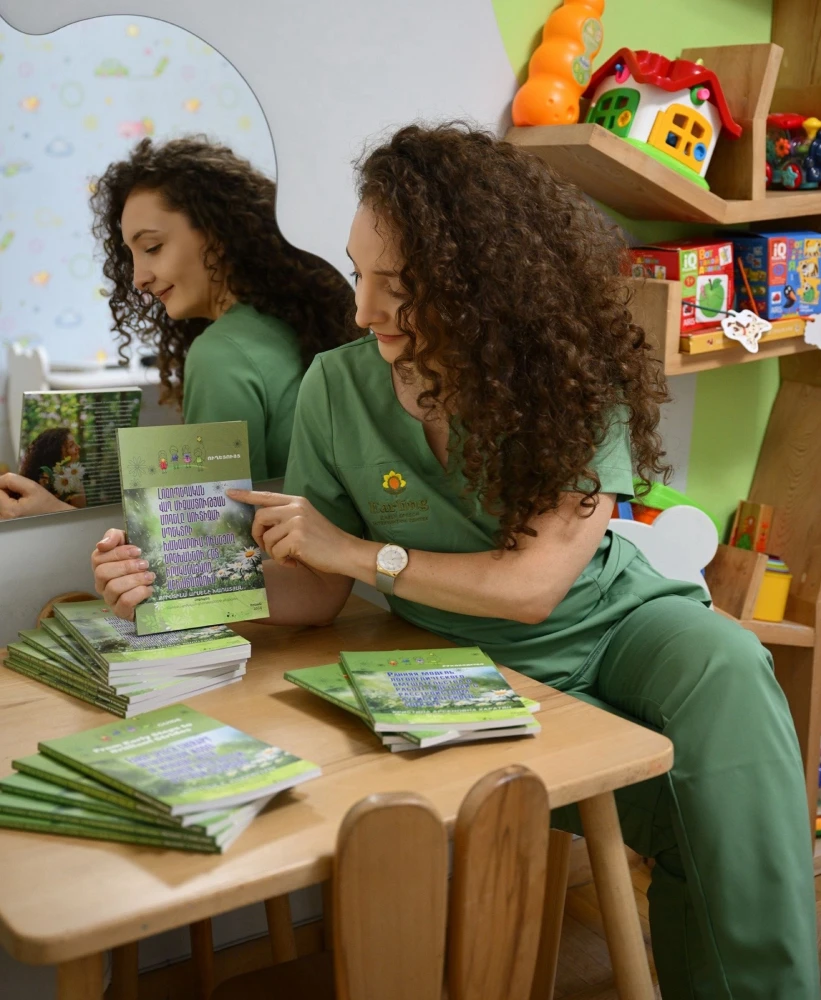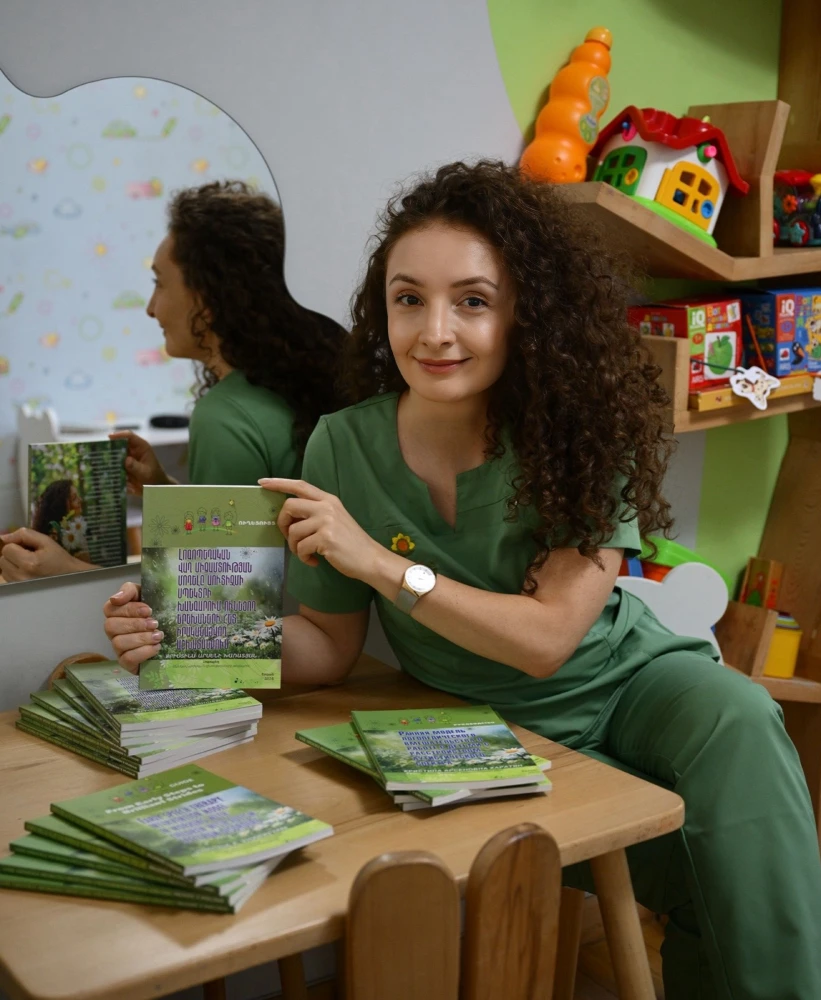
only
$29.99
EARLY SPEECH THERAPY
EARLY SPEECH THERAPY INTERVENTION MODEL IN WORKING WITH CHILDREN WITH AUTISM SPECTRUM DISORDERS

PASSAGES FROM THE BOOK

Sings and symptoms of ASD observed in early childhood
Early signs of autism can often be observed from a very young age.
– Difficulties in establishing eye contact are commonly noticed, as the child tends to avoid direct gaze.
– There may be a lack of attachment to parents, with the child displaying minimal response when one of the parents leaves and showing little interest in reaching out
for physical contact such as hugs or touches.
– Children with autism often exhibit a strong preference for playing with a specific toy and become completely engrossed in it.
– Speech development may also be delayed
with minimal or no sounds or words being produced by the age of 12 to 16 months.
Analysis of methods and approaches of speech therapy for children with ASD
The formation of effective communication processes has always been a key area of research for psychologists, sociologists, and educators. However, the challenges
associated with verbal communication remain relevant in modern speech therapy, particularly in relation to children with autism.
Our analysis of psychological and pedagogical literature reveals a gap in the study of methods, tools, and approaches specifically designed for assessing the communicative abilities of children on the spectrum and creating suitable conditions for their development and progress.


Distinctive aspects of the systemic model applied in the scope of early speech therapy intervention
This research has revealed several gaps in the field of speech therapy, and areas that require improvement.
These include the limited use of standardized methods by speech therapists, the lack of comprehensive and consistent application of methodologies, insufficient knowledge and awareness about the subject matter, challenges in early diagnosis and intervention, and the minimal involvement of parents in speech therapy sessions.
In fact, speech development efforts primarily rely on individual sessions with the speech therapist, without the active presence of parents. The focus tends to be on isolated word pronunciation, while the crucial aspect of developing communication skills and reinforcing them is often overlooked.